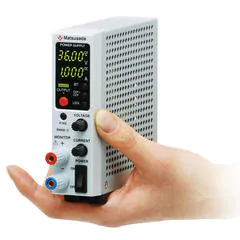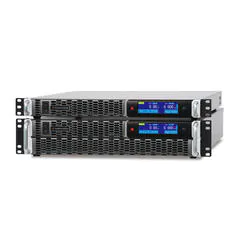
What is an inductor (coil)?
Inductors are called passive components, the same as resistors (R) and capacitors (C), and are electronic components labeled with an "L". It has the function of keeping the current constant. The ability of an inductor is expressed by "inductance". The unit is Henry (H).
An inductor has the same structure as a coil, but most inductors called inductors have a single winding (turn). Some are wound only with conductors, while others have a core inside the wound conductors. The action of an inductor is proportional to the square of the number of turns or radius and inversely proportional to the length.
Basic principles of inductors
First of all, let's briefly explain the principle of inductors. When an electric current flows through a conductor, a magnetic force is generated around it in the direction of the right-hand thread. When current flows through an inductor with conductors wrapped around it in the same direction, the magnetic field generated around the wire is bound together and becomes an electromagnet (Figure 1). Conversely, generating an electric current from the magnetic force is also possible.
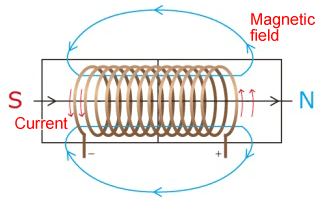
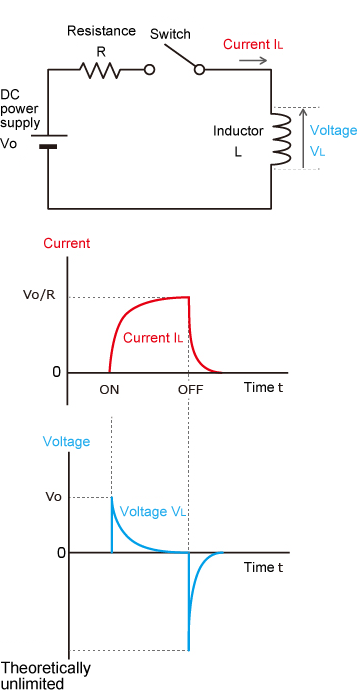
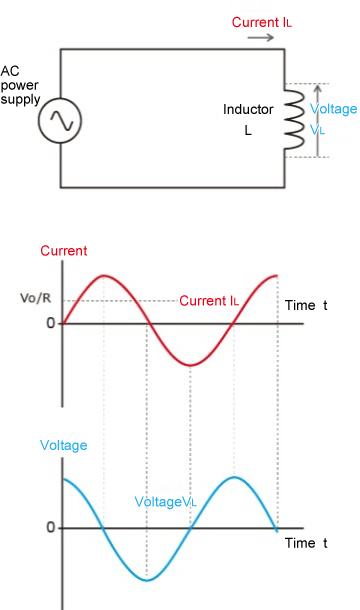
Principle of inductors
When a magnet is moved closer to or further away from an inductor, the magnetic field around the inductor changes. This change induces an electric current in the inductor, which generates a magnetic field that opposes the original change, in an attempt to maintain the direction and strength of the magnetic field. This phenomenon is called electromagnetic induction.
As shown in the circuit diagram, when a DC current flows through an inductor (Figure 2), an electromotive force in the direction that interferes with the current is generated at the beginning of the current flow. This property is called the self-inductive effect. However, later on, as the DC current reaches a certain value, the magnetic flux ceases to change, and the electromotive force is no longer generated. Thus, the current is no longer obstructed.
The electromotive force generated in an inductor is proportional to the rate of change of the current (ΔI/Δt) .
V: Electromotive force (V)
L: Inductance (H)
ΔI /Δt: Rate of change of current (A/s)
On the other hand, when AC current is applied (Fig. 3), the voltage becomes larger when the current rises from 0 because the rate of change of current is the largest. As the rate of current increase slows down, the voltage decreases, and at the point where the current reaches its maximum, the voltage becomes zero.
As the current begins to fall from its maximum value, a negative voltage starts to be generated, and the voltage is at its lowest point when the current reaches zero. Examining the waveforms of the voltage and current, we can see that the electromotive force is generated with a quarter-cycle phase lag (or a 90-degree phase lag).
Therefore, AC current is more difficult to pass than DC current. Furthermore, if the frequency of AC exceeds a certain value, the current will be constantly blocked by the electromotive force, and the current will not flow. Therefore, the higher the frequency of the AC voltage, the more difficult it is for the current to flow.
To summarize
- When current flows, the magnetic force is generated.
- When the magnetic field changes, current flows
- It is easy to pass direct current and difficult to pass alternating current.
Because of these properties, inductors are used in a variety of applications.
Roles of inductors (coils)
1. Applications for power circuits
As mentioned above, inductors can easily pass Direct Current (DC), but they have a property that makes it difficult to pass Alternating Current (AC). In addition, when passing AC, inductors have the property of suppressing its waves and transforming them into a smoother current. For this reason, inductors are used in power supply circuits for electronic circuits that run on DC current.
Ordinary power supplies are AC circuits, so to operate electronic circuits, it is necessary to pass through a smoothing circuit to smooth the current. Inductors are used in these smoothing circuits. Inductors are also useful in removing noise because they block high-frequency AC. Inductors used in power supply circuits are mainly called power inductors or choke coils.
2. Applications for high-frequency circuits
The basic mechanism and concept of inductors for high-frequency circuits are the same as those for power supply circuits. However, the high-frequency circuits that are often used for communications, such as wireless LAN, are in the high-frequency band from several tens of MHz to several GHz, so ordinary inductors cannot be used in such circuits. Therefore, inductors with higher performance (Q-value: quality factor) than ordinary inductors are used.
Ideally, an inductor should have only the function of inductance, but in reality, it has internal and terminal resistance, and it also has distribution capacitance and other characteristics that cause the coils to act as the electrodes of a capacitor.
Capacitors, unlike inductors, have the property of allowing alternating current (AC) to pass while blocking direct current (DC). While an inductor typically exhibits inductive characteristics at lower frequencies, it possesses a self-resonant frequency. When the frequency exceeds this certain level, the component's capacitive characteristics begin to dominate over its inductive characteristics, rendering it unsuitable for use as an inductor.
The frequency at which this reversal occurs is called the self-resonant frequency. When a current with a frequency close to the self-resonant frequency flows, the properties of the inductor and the properties of the capacitor cancel each other out. As a result, the inductor's impedance (resistance in AC circuits) decreases, and more current can flow. Taking advantage of this property, inductors for high-frequency circuits are used for the purpose of extracting signals with specific frequencies.
3. Applications for power transformer
Inductors are also used in transformers installed on utility poles and the like. In transformer applications, they are not called inductors but coils more often. When an AC voltage is applied to an inductor, the current flowing through it changes, which causes the magnetic force to change, and this magnetic force affects the surrounding inductors, generating a voltage. This kind of action is called "mutual induction.
In a transformer, a changing magnetic field, generated by current flowing through a coil with a smaller number of turns, induces a higher voltage in a nearby coil with a larger number of turns, thereby raising the voltage.
In addition to converting voltage for power circuits, there are other types of inductors used in radio and wireless circuits, such as "IFTs" that extract intermediate frequency signals and "audio transformers" that convert audio frequency signals.
Types of inductors (coils)
Next, let's look at the main inductor classifications and their characteristics. There are many ways to classify them, but here we will first classify them according to the structure of the winding.
1. Wire-wound inductor
A wire-wound inductor is an inductor that is closest in shape to a coil, with the conductor wound in a spiral shape, as explained in the first section. Some inductors are hollow, while others have conductors wrapped around a core (like a bobbin used in sewing machines). There are a variety of sizes and shapes depending on the application and inductance value.
They are suitable for circuits where a large current must flow or where a high inductance value is required.
2.Multilayer inductors
Multilayer inductors are made of alternating layers of ferrite or ceramic and coil patterns. The coil patterns are created not by winding conductors, but by screen-printing them on top of ferrite or other materials. Multiple layers of these patterns are then stacked to achieve the desired inductive properties. On the other hand, due to its inherent structure, it also incorporates an internal capacitive component.
Inductors have different names depending on their use
Inductors are used in a variety of places in our daily lives. Depending on the application, they are called coils, chokes, reactors, solenoids, line filters, etc., as in the case of transformers. The following is a list of typical names.
- Choke coil
-
An inductor mainly used in power supply circuits is called a choke coil. It is used to adjust the AC current to a unidirectional current and to remove noise.
- Common mode filter
-
A common mode filter is characterized by the shape of two choke coils integrated together and is used to remove noise in digital interfaces such as USB and HDMI.
- Toroidal coil
-
A coil with a donut-shaped ferromagnetic core is called a toroidal coil. Unlike coils with rod-shaped cores, the magnetic flux in the winding leaks less to the outside. Therefore, it is highly stable and reproducible and often used in high-frequency circuits.
Related Technical Articles
Recommended products
Matsusada Precision manufactures bipolar power supplies and high-voltage amplifiers that are ideal for evaluating inductive loads such as coils, inductors, and motors.





